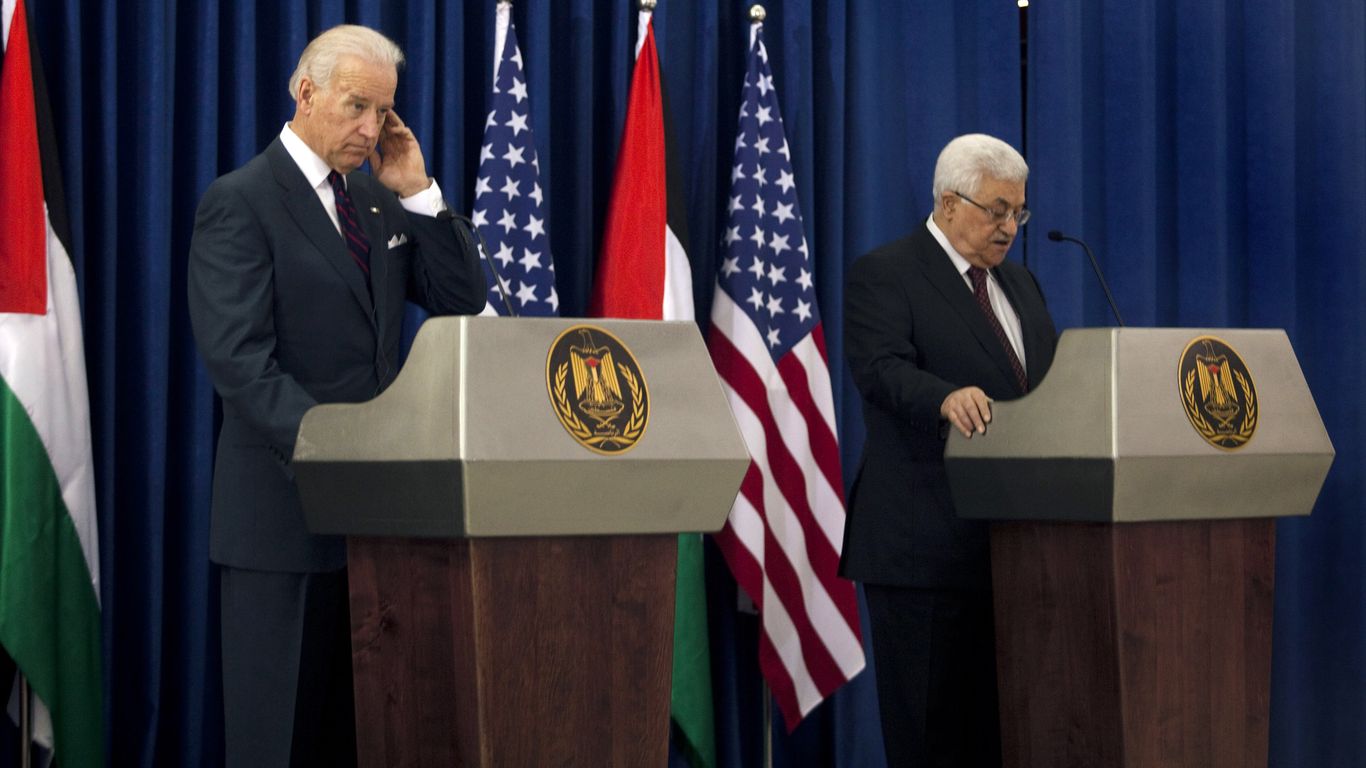The Nobel Prize in Chemistry was awarded to Benjamin List and David WC MacMillan “for the development asymmetric organocatalysis “, a system for building molecules that has had a great impact in pharmaceutical and materials research.
The construction of new molecules is essential for scientific and technological developments in numerous fields, both research and industrial. A new molecule may prove useful to improve the functioning of solar panels, to make electric batteries more efficient or to keep particular diseases under control. However, being able to do it and produce it on a large scale is not easy and for a long time the ability to synthesize innovative molecules has lagged behind, with capabilities incomparable with those of natural processes.
Over millions of years, evolution has led to the formation of particular tools, enzymes, which deal with produce the molecular aggregates that are crucial for life. Imitating how it works is very difficult, but over the course of the twentieth century researchers have become increasingly adept at drawing inspiration from enzymes to obtain tools that are useful in the production of molecules.
In this sense, the work of List and MacMillan was decisive in improving the construction skills at the molecular level and in simplifying the production of asymmetric molecules, which are more difficult to obtain. Many molecules exist in two variants, where one is the mirror version of the other: it’s no small difference, because at the molecular level the shape helps determine function. Researchers know this well when they have to develop a new molecule and need to use only one of the two versions. This year’s Nobel Prize Winners in Chemistry had the merit of simplifying this process, opening important new opportunities in the development and production of molecules.

To understand its scope, it is necessary to make a brief chemistry review on catalysis and catalysts.
If you immerse a silver bar in a container in which hydrogen peroxide (hydrogen peroxide, H 2 O 2 ), a reaction takes place that produces water (H 2 O) and oxygen (O 2 ). The silver, which activated the reaction, is not consumed by the proceeding of the reaction itself: it acts as a catalyst, producing a catalysis (from the Greek “to break”, “to dissolve”). This phenomenon occurs with thousands of substances and since it was discovered in the nineteenth century it has allowed chemists to work with molecules, assembling them to produce drugs, materials and numerous other products that are part of our daily life.
Until about 20 years ago, all the catalysts discovered belonged to either metals or enzymes. The former are excellent catalysts because they can temporarily acquire or transfer electrons to other molecules during chemical reactions, thus favoring the breaking and formation of new bonds between the atoms that make up the molecules. However, various metals have limitations: they are not good catalysts in the presence of water and oxygen, and this has made their use difficult in particular environments and especially on an industrial scale.
Unlike metals, enzymes are catalysts that derive from living things. There are thousands of them regulating the life of species, including ours, even now as you are reading this article. Some enzymes are specialized in asymmetric catalysis, that is, they are dedicated to the production of molecules that are always mirror images. Often they collaborate with each other, as in a sort of assembly line, passing the molecules as they build them, making them more and more complex and at the same time maintaining a high level of precision.
When the qualities of the enzymes became clear, the researchers thought it was worth trying to mimic them as much as possible to improve the development of the new molecules. In the nineties, Benjamin List devoted himself to the study of enzymes starting from some considerations: they are large molecules made up of hundreds of amino acids and many of them also include metals that help them carry out chemical processes, but not all. List wondered what was different about enzymes that catalyze chemical reactions without metals, noting that their absence was compensated for by specific amino acids. He then tried to figure out if an amino acid was enough for the catalysis, regardless of the enzyme.
He came across proline, an amino acid that had been tested in the 1970s as a catalyst, but with little success. List resumed those studies and tested proline in a rather simple chemical reaction, noting to his surprise that the amino acid was right for him. With his subsequent experiments and studies, List demonstrated that proline is a valuable catalyst. List understood the enormous potential of proline, a simpler and cheaper tool than metals and enzymes, in the production of molecules.
MacMillan in the late 1990s was working on systems to improve asymmetric catalysis using metals, of great interest for research, but with little impact in the industrial field due to the high costs and difficulties in exploiting the new catalysts in production processes. He abandoned metals, devoting himself to the development of organic molecules (therefore with carbon) that could replace them. He wasn’t the first to try, but MacMillan managed to develop a method that can be used to produce catalysts based on small organic molecules: he called it asymmetric organocatalysis.
Benjamin List and David MacMillan independently discovered a new system for catalysis, opening a very fruitful period in the development and production of new molecules. In a few years an enormous quantity of organocatalysts has been created, used in countless fields and for various chemical reactions. They can also be combined with each other, to produce chain reactions that further simplify production processes and reduce the production of toxic waste in industrial production.
When it was synthesized in In the early 1950s, strychnine required 29 different chemical reactions to make, and only 0.0009 percent of the starting material became the finished product, the rest was waste. By exploiting organocatalysis and a chain reaction, in 2011 it was possible to reduce the necessary chemical reactions to 12 and with a production process 7 thousand times more efficient than 60 years earlier. In the pharmaceutical field, organocatalysis gives the possibility of having a much higher control in the production process of molecules, reducing the risks of adverse effects and at the same time accelerating the production of drugs.
Benjamin List is 53 years old and was born in Frankfurt (Germany), where he obtained his PhD in 1997. He currently directs the Max-Planck-Institut für Kohlenforschung dedicated to research on catalysis.
David WC MacMillan is 53 years old and was born in Bellshill (UK). He received his doctorate in 1996 from the University of California, Irvine, and is a lecturer at Princeton University, USA.
Note: This article have been indexed to our site. We do not claim legitimacy, ownership or copyright of any of the content above. To see the article at original source Click Here












